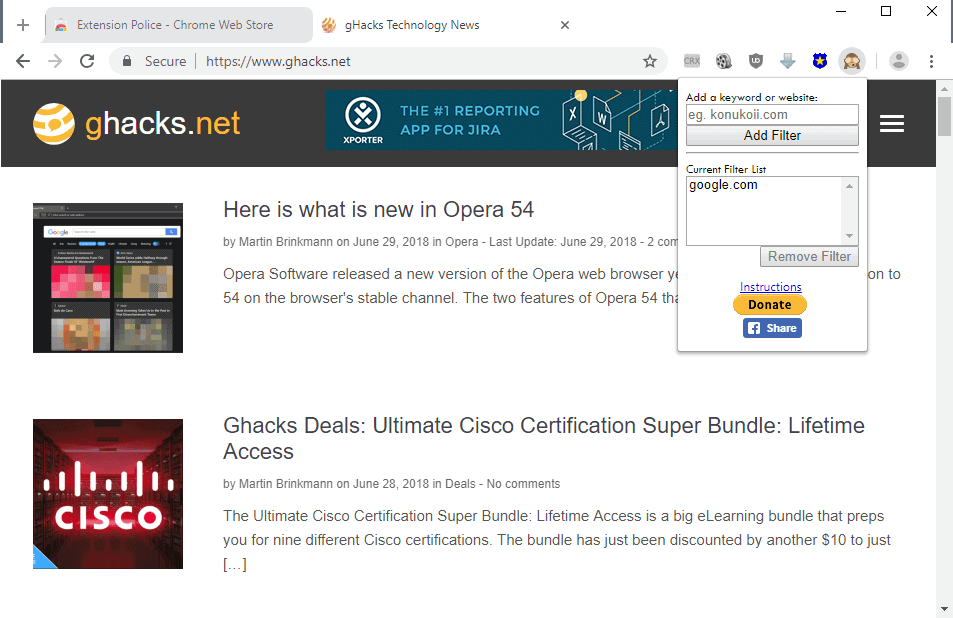
Every weekend, Covenant Eyes will provide a detailed and comprehensive report. Users can block any website they consider harmful or addictive. Parents monitor their children online and set bedtime limits. For internet addicts, this is a good tracking tool. Covenant Eyes will help you reduce screen usage and remove unwanted content from your daily life. This program is mainly designed for families, but it can also be used by individuals to track personal activities. The porn filter app is compatible with all popular Android, iOS, Windows, Mac, and Kindle Fire devices.įeatures of this application include: Enable safe search to filter explicit search results in popular browsers, remotely block any adult pornographic applications or websites on search engines in different types of devices and automatically filter pornographic websites and track deleted or private browsing history. In addition, parents can follow texts on social networks that contain pornographic keywords or identify pornographic images. You can block pornographic applications or adult websites on your child’s phone. The FamiSafe porn blocking application is very easy to use and can completely block pornographic content. You can enable these filters and even block specific websites (or applications) manually or what you think is inappropriate. This ensures that your kids can only access content that is appropriate for their age. Most of these apps also have automatic content filters. These applications may restrict your access to obscene or inappropriate websites.

To avoid this situation, you can use porn blockers. It shows how three filters ( Get-ChildItem, ForEach-Object and Sort-Object) are chained with pipes.Fortunately, there are several different ways to stop pornography. The following example gets a list of files in the C:\Windows folder, gets the size of each and sorts the size in ascending order.
#Internet filtering software no incognito windows#
Windows PowerShell adds an entire host of filters known as "cmdlets" which can be chained together with a pipe, except a few simple ones, e.g. For example, Windows Server 2003 features six command-line filters for modifying Active Directory that can be chained by piping: DSAdd, DSGet, DSMod, DSMove, DSRm and DSQuery. Windows Command Prompt inherited MS-DOS commands, improved some and added a few. Some filtering programs have a graphical user interface (GUI) to enable users to design a customized filter to suit their special data processing and/or data mining requirements. A number of these mimic the function and features of the filters in Unix. Some of these are freeware, some shareware and some are commercial programs. Such filters may be used in batch files (*.bat, *.cmd etc.).įor use in the same command shell environment, there are many more filters available than those built into Windows. Two standard filters from the early days of DOS-based computers are find and sort. grep at its simplest prints any lines containing a character string to its output. The classic filter in Unix is Ken Thompson's grep, which Doug McIlroy cites as what "ingrained the tools outlook irrevocably" in the operating system, with later tools imitating it.

The Unix philosophy encourages combining small, discrete tools to accomplish larger tasks. This operator signifies that the main output of the command to the left is passed as main input to the command on the right. Filters may be strung together into a pipeline with the pipe operator (" |"). To append data lines to an existing output file, one can use the append operator ( >). The command syntax for getting data from a device or file other than standard input is the input operator ( ). Auxiliary input may come from command line flags or configuration files, while auxiliary output may go to standard error. In Unix and Unix-like operating systems, a filter is a program that gets most of its data from its standard input (the main input stream) and writes its main results to its standard output (the main output stream).


 0 kommentar(er)
0 kommentar(er)
